Introduction to Latest Automotive Technologies
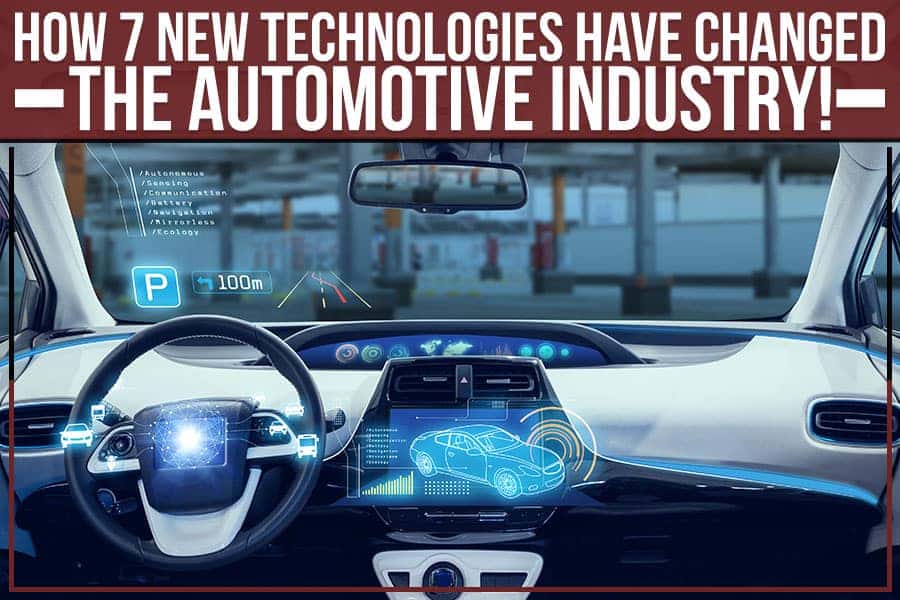
The automotive industry is continually evolving with the introduction of new technologies, revolutionizing the way we drive and experience vehicles. From electric vehicles (EVs) and autonomous driving to connected cars and collision avoidance systems, the latest automotive technologies are transforming the industry. These advancements aim to enhance efficiency, safety, and sustainability. In this blog, we will explore the latest automotive technologies and their importance in shaping the future of transportation.
A Overview of the latest advancements in automotive technology

The automotive industry has witnessed significant advancements in technology in recent years. These include the rise of electric vehicles (EVs) and hybrid vehicles, the development of autonomous driving and advanced driver assistance systems (ADAS), the integration of connected car features, and the implementation of innovative vehicle safety technologies. These advancements are aimed at improving efficiency, safety, and sustainability in the transportation sector. With the continuous progress in automotive technology, we can expect even more innovative solutions in the future.
B Importance and impact of automotive technologies

The importance and impact of automotive technologies cannot be overstated. These advancements have revolutionized the transportation industry by improving fuel efficiency, reducing emissions, and enhancing driver safety. Electric vehicles and hybrid vehicles have significantly reduced dependence on fossil fuels, while autonomous driving and advanced driver assistance systems have the potential to eliminate human errors and accidents. Connected car features and the integration of IoT have made vehicles more interactive and convenient for users. In addition, vehicle safety innovations like collision avoidance systems and emergency braking systems have saved countless lives on the road. Overall, automotive technologies are crucial for achieving a more sustainable, efficient, and safer transportation future.
Electric Vehicles (EVs) and Hybrid Vehicles

Electric Vehicles (EVs) and Hybrid Vehicles are two significant advancements in automotive technology. EVs are fully electric vehicles that run solely on electric power, while hybrid vehicles combine an internal combustion engine with an electric motor. EVs offer numerous benefits such as zero emissions, reduced dependence on fossil fuels, and lower operating costs. However, they have limitations in terms of limited driving range and long charging times. Hybrid vehicles provide a compromise by offering improved fuel efficiency and reduced emissions compared to traditional vehicles. The integration of electric technology in vehicles is a crucial step towards achieving a more sustainable and environmentally friendly transportation system.
A Electric Vehicles (EVs): Types, benefits, and limitations

Electric Vehicles (EVs) are gaining popularity due to their various types, including battery electric vehicles (BEVs), plug-in hybrid electric vehicles (PHEVs), and fuel cell electric vehicles (FCEVs). EVs offer numerous benefits, such as zero emissions, reduced dependence on fossil fuels, and lower operating costs. However, limitations like limited driving range and long charging times still exist, hindering their widespread adoption.
B Hybrid Vehicles: Technology, advantages, and environmental impact

Hybrid vehicles combine the use of an internal combustion engine (ICE) and an electric motor. They offer several advantages, including improved fuel efficiency, reduced emissions, and increased range compared to traditional vehicles. Hybrid technology utilizes regenerative braking to recharge the battery and delivers power seamlessly between the engine and electric motor. This technology contributes to a more sustainable and eco-friendly transportation system.
Autonomous Driving and Advanced Driver Assistance Systems (ADAS)

Autonomous Driving refers to the ability of a vehicle to operate without human input, utilizing a variety of sensors, cameras, radars, and advanced algorithms. It aims to improve road safety, reduce accidents, and enhance the overall driving experience. However, there are still several challenges to overcome, including legal and ethical considerations. Advanced Driver Assistance Systems (ADAS), on the other hand, are technologies that assist the driver in various aspects of driving, such as lane-keeping, collision avoidance, and adaptive cruise control. ADAS technologies are becoming increasingly common in modern vehicles and are a stepping stone towards fully autonomous driving.
A Autonomous Driving: Definition, levels, and challenges
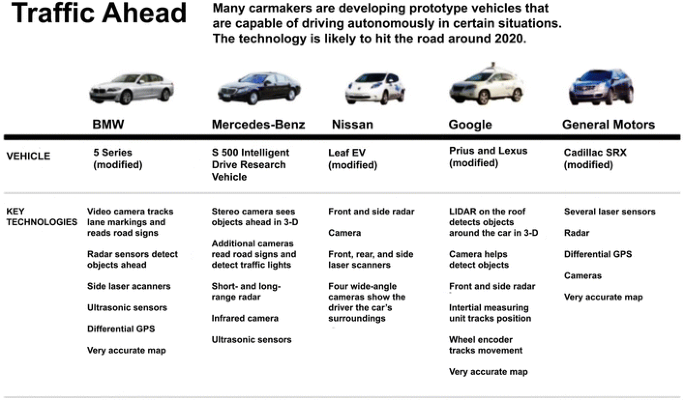
Autonomous Driving refers to the ability of a vehicle to operate without human input, utilizing a variety of sensors, cameras, radars, and advanced algorithms. It is classified into different levels, ranging from Level 0 (no automation) to Level 5 (full automation). However, there are several challenges to overcome, including legal and ethical considerations, complex road scenarios, and ensuring the safety and reliability of autonomous systems.
B Advanced Driver Assistance Systems (ADAS): Features and benefits

Advanced Driver Assistance Systems (ADAS) are a key component of modern automotive technology. ADAS features include adaptive cruise control, lane-keeping assist, blind-spot detection, and automatic emergency braking. These systems provide safety enhancements by alerting drivers to potential hazards and assisting in difficult driving situations. Some benefits of ADAS include reducing the risk of accidents, improving driver convenience, and enhancing overall driving experience. They contribute to a safer and more comfortable driving environment.
Connected Cars and Internet of Things (IoT) in Automotive

Connected Cars and Internet of Things (IoT) have revolutionized the automotive industry. Connected Cars offer a wide range of connectivity features such as real-time navigation, remote diagnostics, and vehicle-to-vehicle communication. This connectivity is made possible through the integration of IoT devices and technologies, allowing for seamless communication between vehicles and the surrounding environment. The IoT in Automotive enables enhanced safety, improved efficiency, and personalized driving experiences. With the growth of IoT, we can expect even more advanced features and possibilities in the future.
A Connected Cars: Connectivity features and benefits
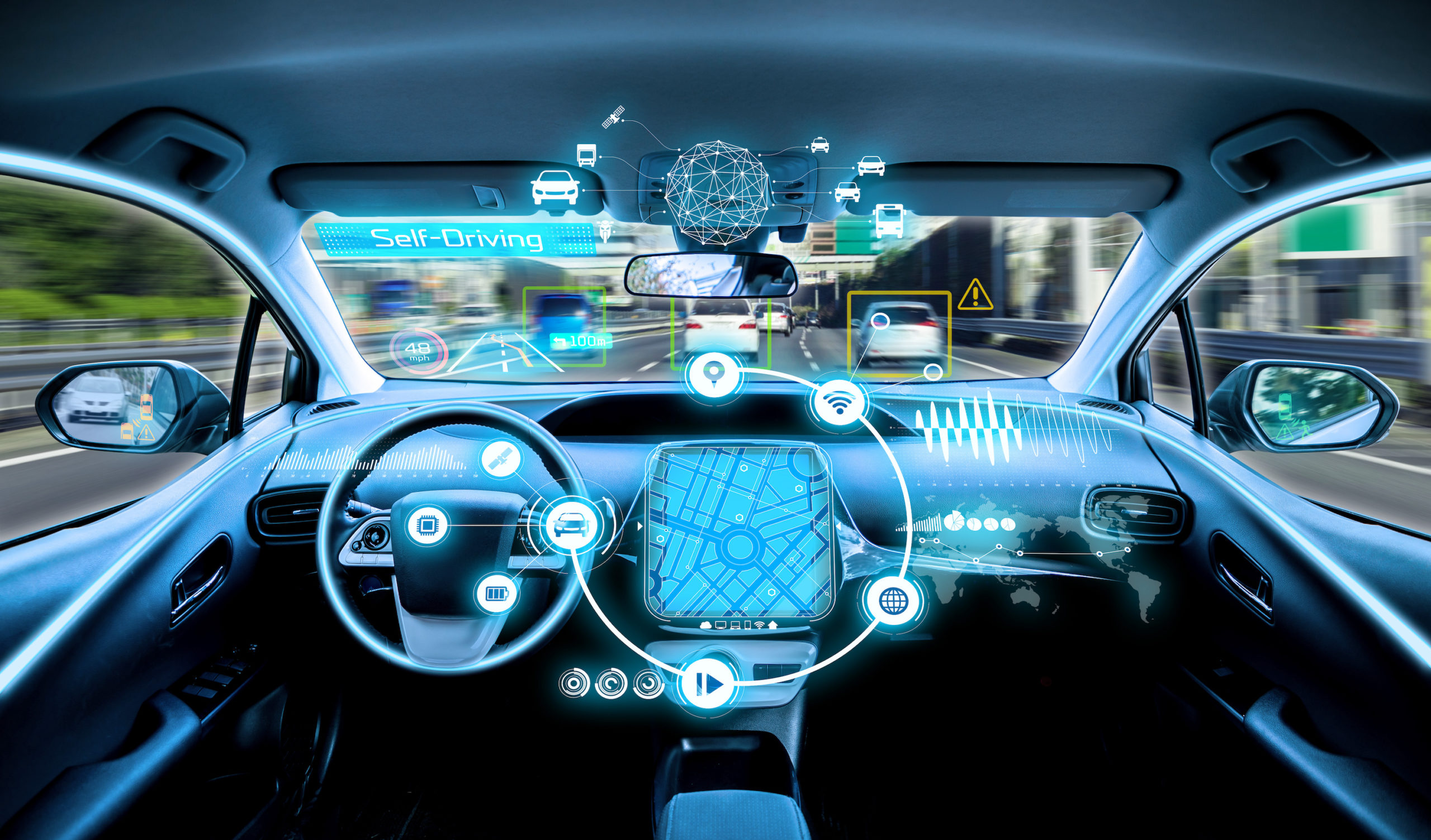
Connected Cars offer a variety of connectivity features that enhance the driving experience. These include real-time navigation, remote diagnostics, and vehicle-to-vehicle communication. With the help of IoT technologies, Connected Cars can also provide services like emergency assistance, personalized driving recommendations, and maintenance alerts. Such connectivity not only improves convenience for the driver but also enhances safety and efficiency on the road.
B Internet of Things (IoT) in Automotive: Advancements and future possibilities

Advancements in the Internet of Things (IoT) have greatly revolutionized the automotive industry. IoT technology allows vehicles to be connected to the internet, enabling real-time communication with other devices and systems. This connectivity opens up a plethora of possibilities for the future of automotive technology. With IoT, vehicles can collect and exchange data to optimize traffic flow, improve fuel efficiency, and enhance overall driving experience. Additionally, IoT can enable personalized services like remote vehicle control, smart parking, and predictive maintenance. The future possibilities of IoT in automotive are endless, paving the way for safer, more efficient, and connected vehicles.
Vehicle Safety Innovations
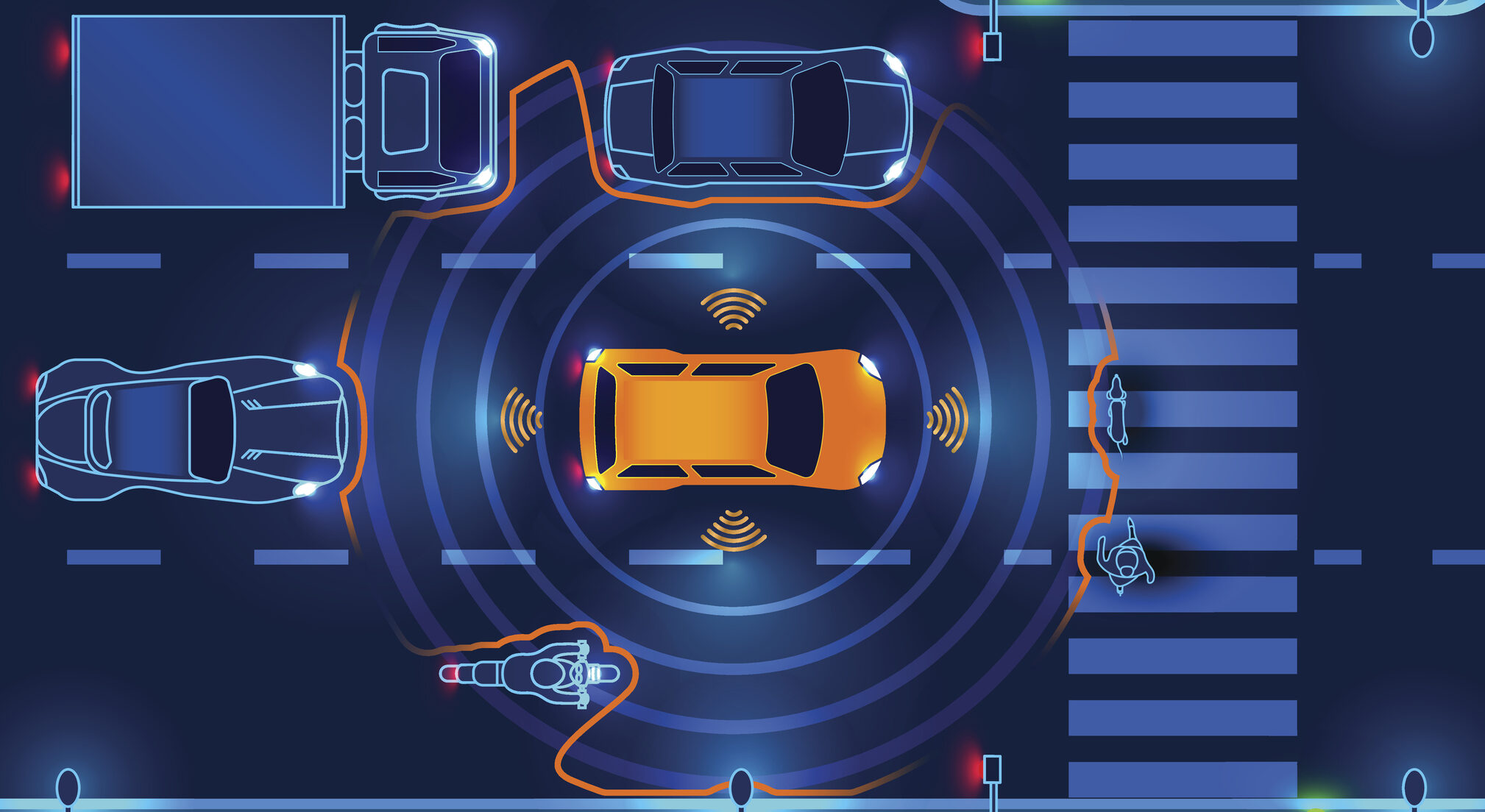
Vehicle safety innovations have revolutionized the automotive industry, prioritizing the well-being of drivers and passengers. Collision avoidance systems utilize advanced sensors and algorithms to detect potential dangers and alert the driver, helping to prevent accidents. Emergency braking systems automatically apply brakes in emergency situations, significantly reducing the risk of collisions. These innovations have significantly improved road safety and are key to creating a safer driving environment.
A Collision Avoidance Systems: Technology and effectiveness

Collision avoidance systems utilize advanced sensors and algorithms to detect potential dangers on the road and alert the driver in real-time. These systems can detect objects, pedestrians, and even monitor blind spots. By providing timely warnings and assistance, collision avoidance systems can effectively prevent accidents and greatly improve road safety. They have proven to be highly effective in reducing the risk of collisions and saving lives. Additionally, some collision avoidance systems also have automatic braking capabilities to further enhance their effectiveness.
B Emergency Braking Systems: Features and impact on road safety

Emergency braking systems, also known as automatic emergency braking (AEB) systems, are designed to detect imminent collisions and automatically apply the brakes to prevent or mitigate the impact. These systems use advanced sensors, such as radar or cameras, to monitor the road ahead and can react faster than human drivers. The impact of emergency braking systems on road safety has been significant, reducing rear-end collisions and minimizing the severity of accidents. According to studies, vehicles with AEB systems have seen a 50% reduction in rear-end crashes. This technology has the potential to save many lives and prevent injuries on the road.
Future of Automotive Technologies

As technology continues to advance at a rapid pace, the future of automotive technologies looks promising. Experts predict that electric vehicles will become more common, with increased range and faster charging capabilities. Autonomous driving technology will also continue to evolve, with higher levels of automation and improved safety features. Additionally, connected cars will become more integrated with the internet of things, providing enhanced connectivity and convenience. While these advancements offer exciting possibilities, there may be challenges in terms of infrastructure, data security, and consumer acceptance that need to be addressed. Overall, the future of automotive technologies holds great potential for a safer, more efficient, and sustainable transportation system.
A Predictions and trends for future automotive technologies
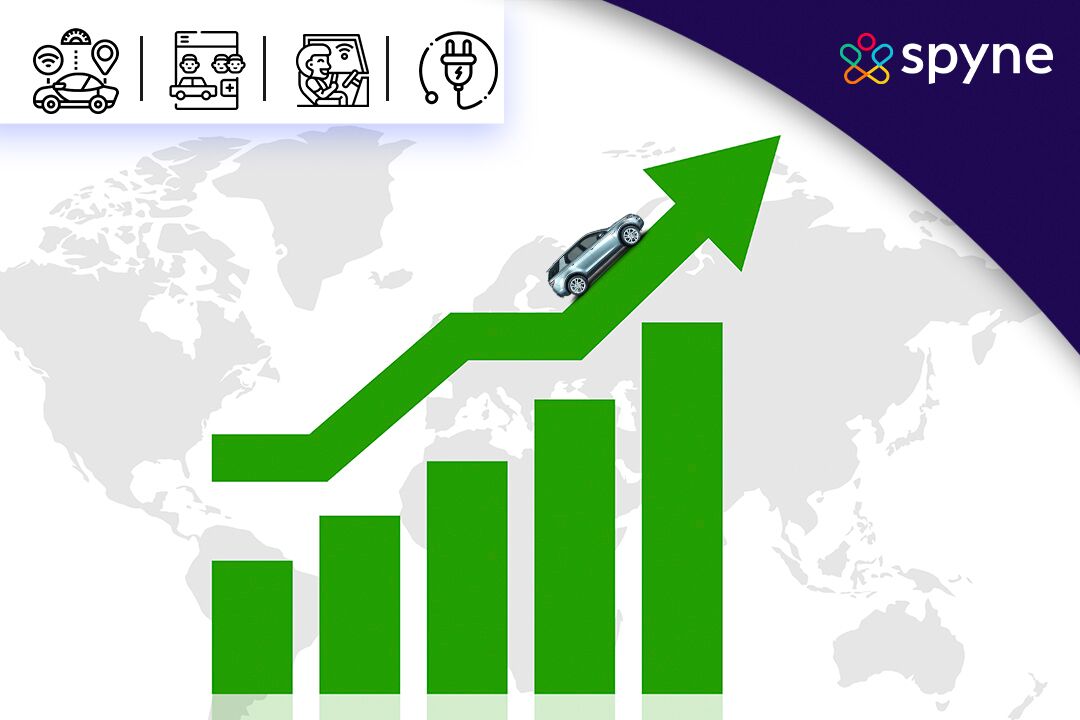
Experts predict that the future of automotive technologies will witness significant advancements, including the widespread adoption of electric vehicles (EVs) and the increasing development of autonomous driving systems. With improvements in battery technology, EVs will offer longer ranges and faster charging capabilities. Autonomous driving systems will continue to evolve, with higher levels of automation and enhanced safety features. Additionally, there will be a greater integration of connected cars with the internet of things, providing improved connectivity and convenience for drivers. These trends indicate a future where transportation will be more sustainable, efficient, and connected.
B Potential challenges and concerns in adopting new automotive technologies

One of the potential challenges in adopting new automotive technologies is the high cost associated with implementing and maintaining them. Advanced systems such as electric vehicles, autonomous driving, and connected cars require significant financial investment. Additionally, there may be concerns about the reliability and security of these technologies, as well as the need for infrastructure development to support their widespread adoption. Resolving these challenges will be essential to ensure a smooth transition towards a future of innovative automotive technologies.